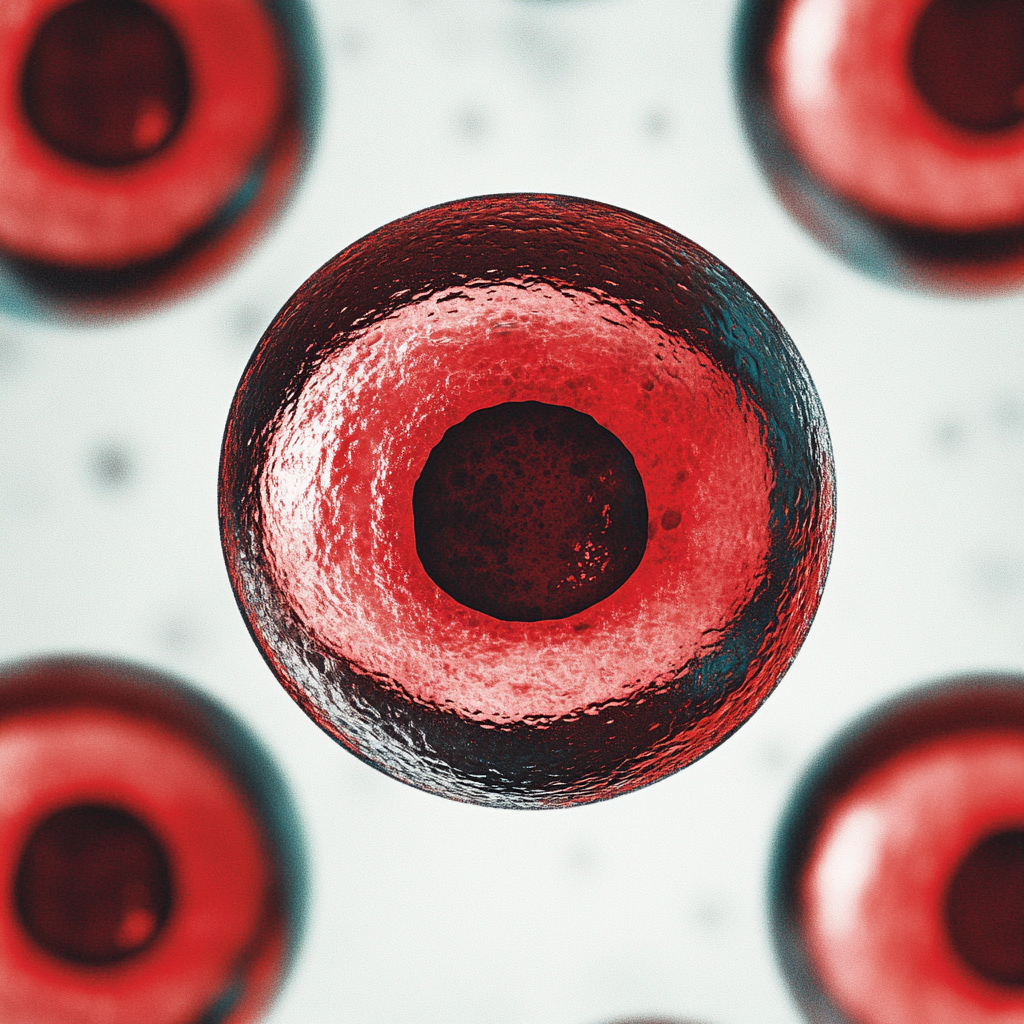BMC Pulm Med. 2025 Sep 30;25(1):437. doi: 10.1186/s12890-025-03917-1.
ABSTRACT
BACKGROUND: Endobronchial ultrasound (EBUS)-guided sampling techniques for mediastinal and hilar lymphadenopathy vary, yet their comparative diagnostic performance remains unclear. This study aimed to evaluate the diagnostic accuracy of three EBUS-guided puncture methods-slow-pull capillary sampling, traditional negative-pressure aspiration, and non-negative-pressure capillary sampling-in patients with mediastinal and/or hilar lymph node enlargement.
METHODS: This single-center, prospective, randomized controlled trial employed computer-generated block randomization (1:1:1 allocation ratio) to assign eligible participants meeting predefined inclusion/exclusion criteria to one of three EBUS-guided sampling techniques. The primary outcome was diagnostic accuracy. The secondary outcomes included blood contamination of the samples, bleeding during the operation, and histological core tissue acquisition.
RESULTS: Seventy-one patients were analyzed. Baseline characteristics, lymph node dimensions (long-axis and short-axis), and diagnostic accuracy (> 80% across all groups) showed no statistically significant intergroup differences (all p > 0.05). Similarly, secondary outcomes-blood contamination of samples, bleeding during surgery, and histological core tissue acquisition-demonstrated no significant differences among the groups (all p > 0.05).
CONCLUSIONS: All three EBUS-guided puncture techniques exhibited high diagnostic accuracy and low bleeding risk, with no statistically significant differences observed. These findings suggest that technique selection may depend on operator preference or the clinical context rather than superiority in diagnostic performance.
REGISTRATION: NCT05628454 at ClinicalTrials.gov.Retrospectively registered on 28 November 2022.
PMID:41029266 | DOI:10.1186/s12890-025-03917-1
